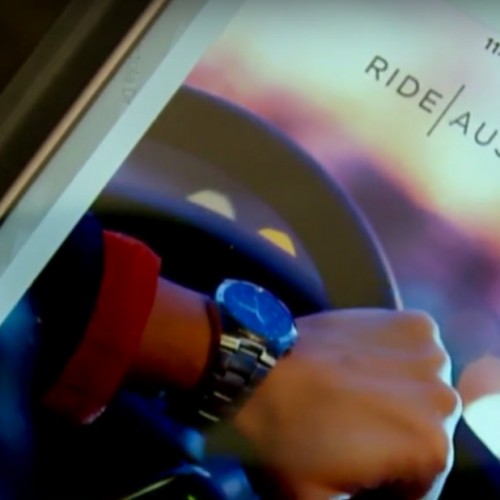Uber replies to New York Times' claim that it manipulates drivers
Transportation network company, Uber, has responded to The New York Times' claims alleging the company uses psychological tricks to manipulate the drivers by addressing the assertion of the driver's supply and demand; saying that "faster pickup times for riders require a greater percentage of drivers to be idling unpaid."
On Wednesday, the director of Policy Research, Betsy Masiello, made a blog post explaining where The New York Times got its data wrong.
"This is simply not true - and had the Times asked us whether it was, we would have explained the reality of what happens when Uber grows in a city: riders enjoy lower pick-up times and drivers benefit from less downtime between trips," Masiello wrote on the statement.
Masiello has embedded a graph showing the data for both ETAs (Estimated Time of Arrival) and Idle moments in five of the largest United States cities that use the service: Boston, Chicago, Los Angeles, New York City and San Francisco. It shows the rise of drivers in the mentioned cities from the year 2014 to 2016. While the idle time of active drivers has significantly dropped in that time span.
The company has yet to release any official statement regarding the psychological tricks that the New York-based publication claimed on April 2. According to The New York Times, Uber is allegedly conducting an experiment in behavioral science to manipulate the drivers in helping the company grow. The publication went on to compare Uber's tactics with other media; saying that it is similar to the method used by video game designers.
A couple of the examples provided on the report claim Uber is using a notification for the drivers when they are near their earning goals set by the application. There are also rewards for the drivers in the form of in-app badges that don't necessarily increase the potential earnings of the members.








